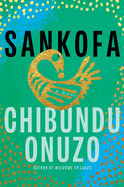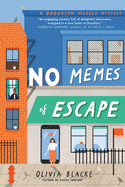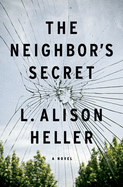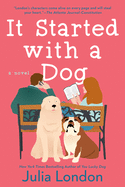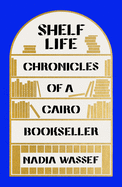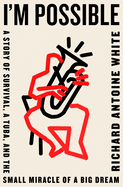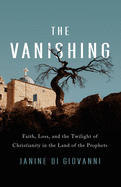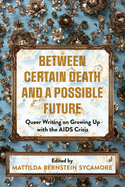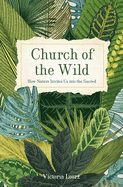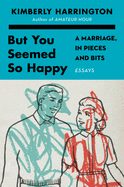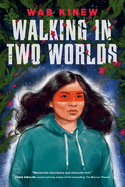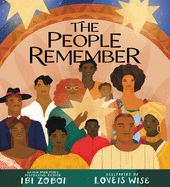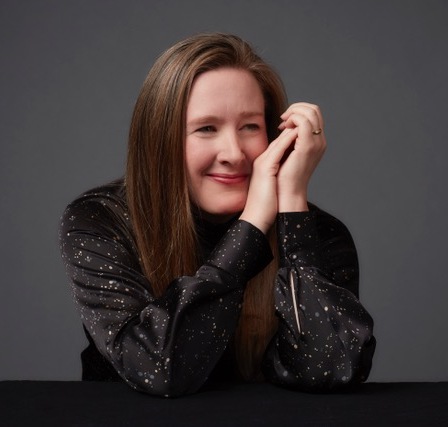 |
| (photo: Gregory Costanzo) |
Sarah Ruhl's plays include Stage Kiss, In the Next Room (or the vibrator play), How to Transcend a Happy Marriage and Eurydice. She is also the author of three books, including 100 Essays I Don't Have Time to Write. She lives in Brooklyn with her husband and three children. Smile: The Story of a Face (Simon & Schuster) is her memoir chronicling a long struggle with Bell's palsy after her twins were born.
What inspired you to write about your experience with Bell's palsy?
Bell's palsy in some ways dominated my life for years, but I never wrote about it, save for a tiny essay. I thought--"oh, that's my medical life" or "oh, that's a chronic thing to just get through," but it's certainly not a fit subject for a play (which is the form I usually write in). And at some point, I thought, "This inability to smile is dominating my thinking." I needed to get it down on paper, in the hopes that it might help other people, or that I might write my way out of an emotional snowbank where my car (spiritually, if you will) had gotten stuck.
The book is not only an account of your journey of fighting (and eventually accepting) your face with the palsy, but a meditation on smiling and the cultural and psychological implications of the inability to smile.
I've thought quite a bit for the last decade about the chicken-or-egg effect of smiling. In other words, does the smile create the joy or does the joy create the smile? Or both? And if that feedback loop is disrupted, how does one internally experience joy? This is a psychological question: it plays out differently in different cultures and addresses both the body and the spirit. I remember following a meditation practice while I could not physically smile and was told by the author to put a smile on my face in order to create internal relaxation and joy. And I wanted to hurl the book against the wall.
You address the reality that women are expected to smile more often and in different contexts than men, and the accompanying difficulty of being a woman with Bell's palsy.
I've seen women smile through difficult professional situations, and I've even seen women tell other women to smile through difficult professional settings. I think women use smiling unconsciously or strategically to ingratiate themselves in various settings that were built by men. I found that being unable to smile when meeting new people was excruciating, and for a life in the theater, which is so much about how you show affect, confounding. At least I am not an actor, I would tell myself.
I want to make clear that I don't think unresolved Bell's palsy is easy for men by any stretch of the imagination. As a chronic condition, Bell's palsy is a very hard mountain to climb, regardless of gender. But I do think men can, culturally speaking, do their jobs while projecting confidence without being asked to smile in order to reassure people.
As a mother of young children, you worried that your inability to smile "normally" would affect both your relationship with your kids and their emotional development.
Yes. I'd read about a psychological study where mothers with something called "still face," or lack of affect, interacted with their babies and the babies freaked out. I worried that the opacity of my face would lead to my babies not knowing, moment to moment, how delighted I was by them, how much I loved them. As it turns out, my voice was telling them that I loved them all the time, even when I thought my face was not delivering the right message.
Smile is the story of a journey toward healing that is decidedly not linear and doesn't fit in the "normal" box. Did writing about it help you make sense of the experience? What was it like to put together the whole narrative?
Writing the book absolutely helped me towards making sense of the journey. In a concrete but also symbolic way, I put the illness in the past tense, and the healing in the present tense. What an opportunity for a writer, or anyone really, to choose what tense they will put suffering in, what tense they will put healing in. I was both emotionally paralyzed by Bell's palsy and physically paralyzed; the writing of the book untangled a really tricky knot. Writing the book also helped me investigate some modalities I might not otherwise have tried--like physical therapy, which, it turns out, helped me a great deal. Making meaning out of illness--writing the story down, getting rid of unhelpful metaphors and creating new metaphors--was incredibly helpful to me. I also hope I find moments of humor within what can be a bleak medical landscape.
What would you say to readers who have, or have had, Bell's palsy?
If you're reading this and have recently had Bell's palsy, or know someone who has, please try to find the right doctor, get some anti-virals, and get some steroids immediately. And if Bell's palsy is not on your mind in that particular kind of way, I hope that the book finds you as a fellow traveler in the struggle to find joy, no matter if you're grappling with an illness, or just living with the inevitable suffering that life throws at us. --Katie Noah Gibson
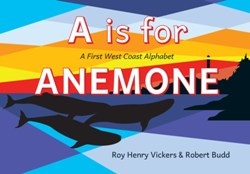 A Is for Anemone (Harbour Publishing, $12.95) is a tactile knockout. The abecedary is a "first west coast alphabet" and includes entries like, "Sunsets glow on tranquil seas./ Totem poles tell our stories." Roy Henry Vickers, illustrator and co-author with Robert Budd, is a carver, painter, printmaker and storyteller of Tsimshian, Haida and Heiltsuk ancestry. His illustrations beautifully depict representations of the West Coast, but the art literally stands out--every page includes a softly embossed feature that often can't be seen until children run their fingers over the page. The texture is in the tentacles of jellyfish, the lines of pouring rain and a bird that is almost invisible to the eye... it's a touch sensation.
A Is for Anemone (Harbour Publishing, $12.95) is a tactile knockout. The abecedary is a "first west coast alphabet" and includes entries like, "Sunsets glow on tranquil seas./ Totem poles tell our stories." Roy Henry Vickers, illustrator and co-author with Robert Budd, is a carver, painter, printmaker and storyteller of Tsimshian, Haida and Heiltsuk ancestry. His illustrations beautifully depict representations of the West Coast, but the art literally stands out--every page includes a softly embossed feature that often can't be seen until children run their fingers over the page. The texture is in the tentacles of jellyfish, the lines of pouring rain and a bird that is almost invisible to the eye... it's a touch sensation.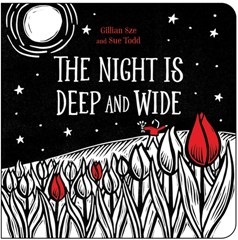 Gillian Sze and Sue Todd's The Night Is Deep and Wide (Orca, $10.95) offers soothing text and arresting illustrations. Sze's quiet story about bedtime is enhanced by Todd's art, an ancient printmaking technique similar to woodcut: linoleum carving. Todd uses this technique to incredible effect, keeping every illustration black-and-white except for one pop of color per spread--all the more striking and likely to catch any child's eye.
Gillian Sze and Sue Todd's The Night Is Deep and Wide (Orca, $10.95) offers soothing text and arresting illustrations. Sze's quiet story about bedtime is enhanced by Todd's art, an ancient printmaking technique similar to woodcut: linoleum carving. Todd uses this technique to incredible effect, keeping every illustration black-and-white except for one pop of color per spread--all the more striking and likely to catch any child's eye.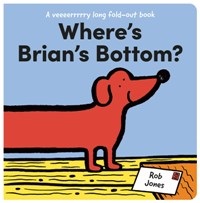 In the "veeerrry long fold out book" Where's Brian's Bottom by Rob Jones (Pavilion Children's, $9.95), children and the adults reading to them travel through several rooms in a house to find the back end of Brian, a red dachshund. Every page turn--through the hallway, into the living room, ending in the bedroom where Brian's "bottom is still in bed!"--makes the book grow and grow. When children finally lay out the whole book, it reaches an impressive 6.5 feet. --Siân Gaetano, children's and YA editor, Shelf Awareness
In the "veeerrry long fold out book" Where's Brian's Bottom by Rob Jones (Pavilion Children's, $9.95), children and the adults reading to them travel through several rooms in a house to find the back end of Brian, a red dachshund. Every page turn--through the hallway, into the living room, ending in the bedroom where Brian's "bottom is still in bed!"--makes the book grow and grow. When children finally lay out the whole book, it reaches an impressive 6.5 feet. --Siân Gaetano, children's and YA editor, Shelf Awareness


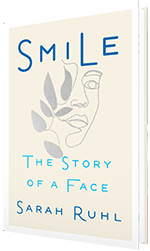


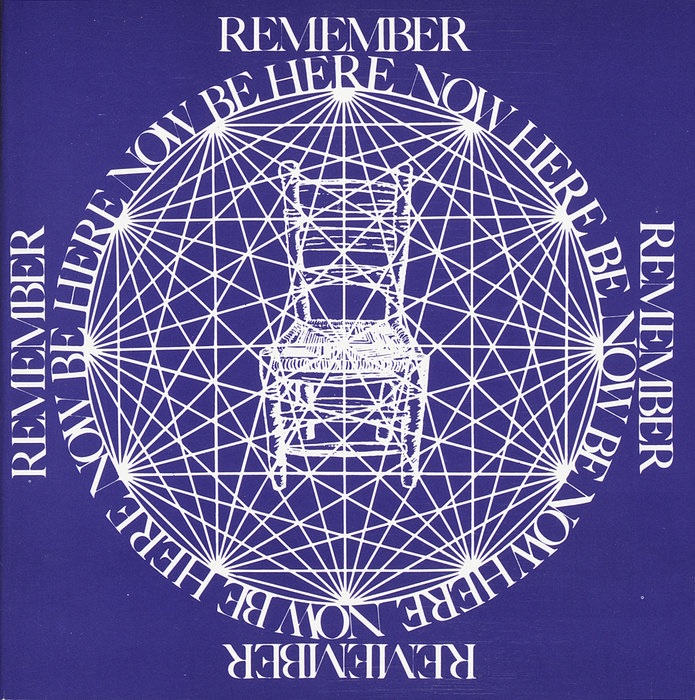 In 1963, Richard Alpert was fired from Harvard University, along with Timothy Leary, for conducing academic studies on the effects of psychedelic drugs using Harvard students. He and Leary spent several years continuing their research with guided trips focused on reaching other realms of consciousness, states of being they found familiar to those described in an ancient Buddhist text, the Tibetan Book of the Dead. On a trip to India in 1967, Alpert met Bhagavan Das, an American who lived as a wandering Hindu holy man. Bhagavan Das took Alpert to meet his guru, Neem Karoli Baba (known to his followers as Maharaj-ji), where Alpert experienced a life-changing spiritual connection. Alpert later returned to the United States with long hair, a longer beard and a new name: Ram Dass.
In 1963, Richard Alpert was fired from Harvard University, along with Timothy Leary, for conducing academic studies on the effects of psychedelic drugs using Harvard students. He and Leary spent several years continuing their research with guided trips focused on reaching other realms of consciousness, states of being they found familiar to those described in an ancient Buddhist text, the Tibetan Book of the Dead. On a trip to India in 1967, Alpert met Bhagavan Das, an American who lived as a wandering Hindu holy man. Bhagavan Das took Alpert to meet his guru, Neem Karoli Baba (known to his followers as Maharaj-ji), where Alpert experienced a life-changing spiritual connection. Alpert later returned to the United States with long hair, a longer beard and a new name: Ram Dass.